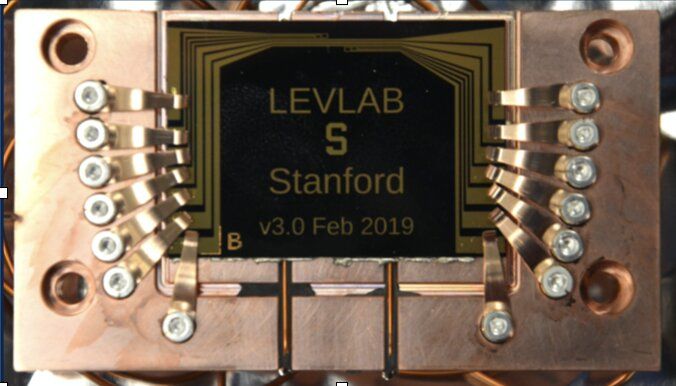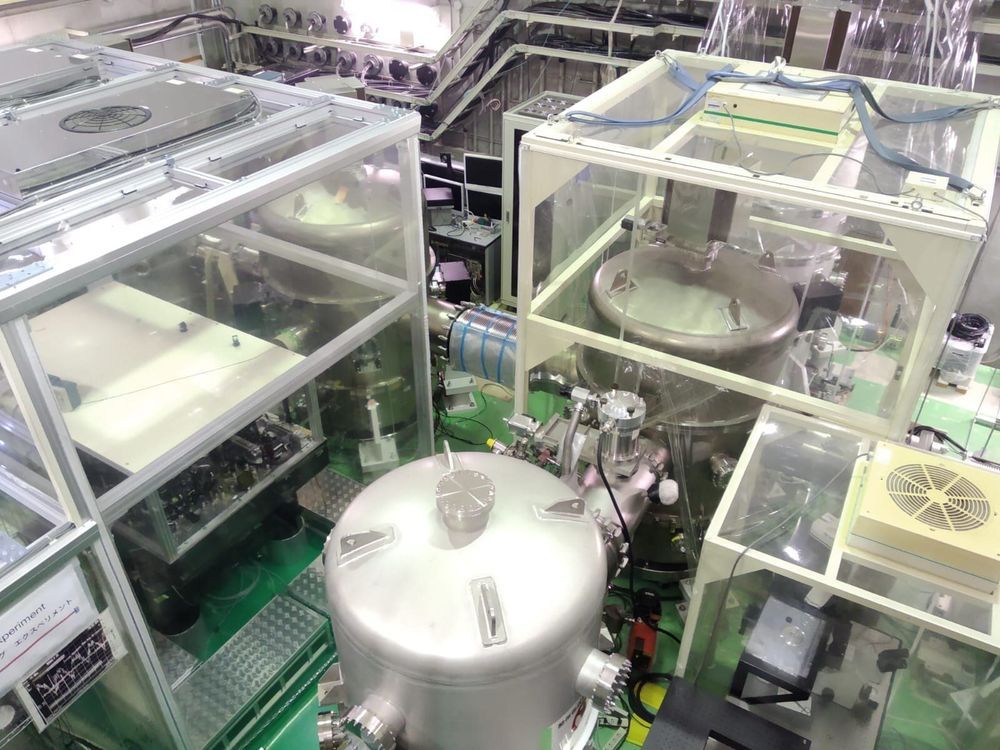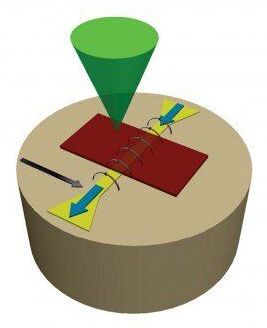May 1, 2020
Imaging nematic transitions in iron pnictide superconductors
Posted by Saúl Morales Rodriguéz in categories: computing, particle physics, quantum physics
Researchers at Stanford University have recently carried out an in-depth study of nematic transitions in iron pnictide superconductors. Their paper, published in Nature Physics, presents new imaging data of these transitions collected using a microscope they invented, dubbed the scanning quantum cryogenic atom microscope (SQCRAMscope).
“We invented a new type of scanning probe microscope a few years ago,” Benjamin L. Lev, the researcher who led the study, told Phys.org. “One can think of it like a normal optical microscope, but instead of the lens focused on some sample slide, the focus is on a quantum gas of atoms that are levitated near the sample.”
In the new microscope invented by Lev and his colleagues, atoms are levitated from an ‘atom chip’ trapping device using magnetic fields, until they are merely a micron above the sample slide. These atoms can transduce the magnetic fields that emanate from the sample into the light collected by the microscope’s lens. As a result, SQCRAMscope can be used to image magnetic fields.


















